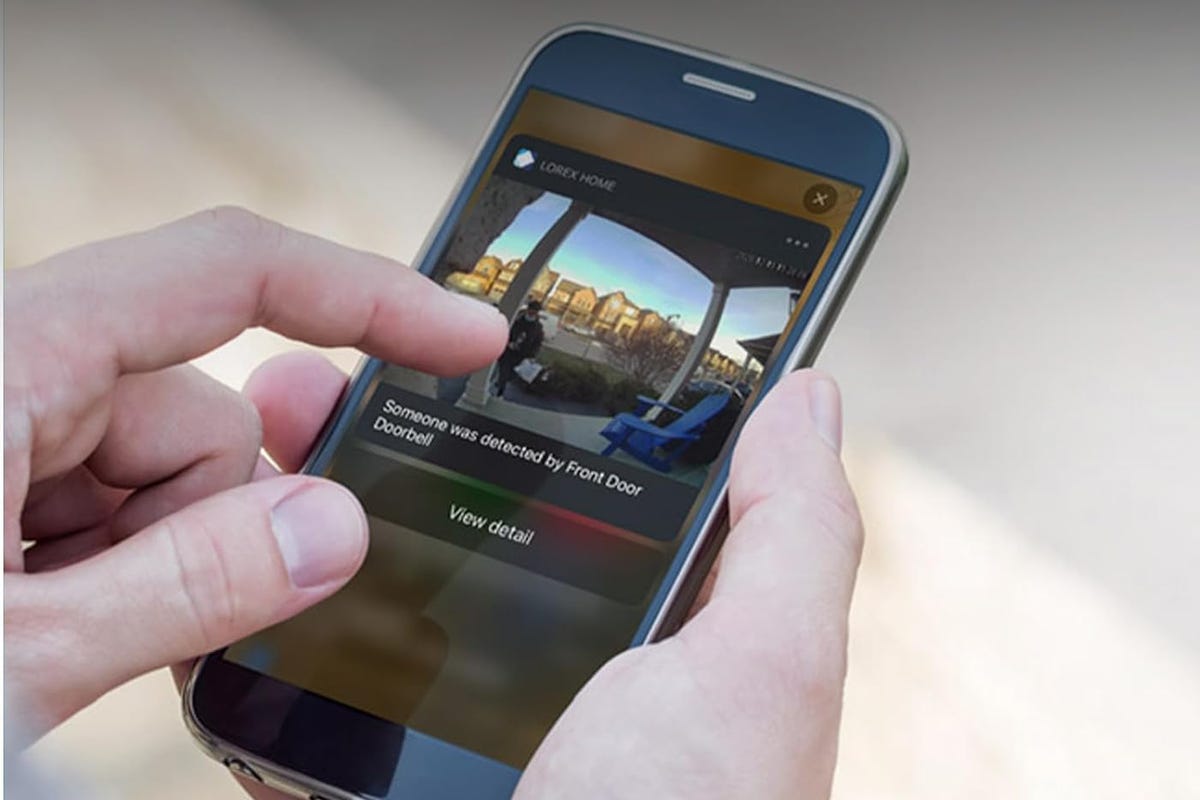We won’t hesitate to recommend a wireless home camera like a Google Nest Cam or a video doorbell as the ideal first-time investment in home security. A high-quality camera with a great field of view and night vision can easily watch over a backyard, entryway or driveway. Today’s motion and object detection make things even easier. But putting your new cam in the wrong spot can lead to big trouble.
Installing a security cam in a bad location can create false alerts and poor live views. It may not pick up details and, in the worst cases, could even lead to lawsuits from angry neighbors. We’ve got your back when it comes to the best wireless cams — now we’re going to show you what not to do when installing them.
Deter burglars and watch your belongings, kids or pets by choosing the best spots and avoiding danger zones like these.
Read more: 5 Places to Never Put Your Amazon Echo
Spot 1: Places with the “expectation of privacy”
While you need your security camera to protect your home, the last thing you want it to do is infringe on the safety of others. Don’t risk breaking the law (and inviting lawsuits) by placing a cam where people have what the law calls a reasonable expectation of privacy.
In practice, don’t place a security camera in a bathroom, bedroom or similar area with a very strong expectation of privacy. If you have to place a cam in one of these areas (for instance, to monitor your bedroom in a multirental situation), make sure the camera is visible and everyone in the house knows about it.
For outside cameras, cams are allowed to capture public spaces, like the sidewalk or street that run past your home, because there’s a low expectation of privacy in these areas.
Remember, your camera helps provide a sense of security and serves as a tool to keep you and your home safe. Make sure your cameras aren’t located in places that will render them ineffective, or worse, actually undermine someone’s safety.

Lorex offers free object detection with its cams, so make sure they have a good view.
Spot 4: Behind obstructions
This might sound like a no-brainer, but camera obstructions aren’t always so obvious. Outdoors, this might mean allowing space for tree branches to swing in the wind. Be careful of quick-growing plants that will require you to move your camera every year or two, or tree limbs that get a lot heavier when loaded with spring leaves/flowers and will block a view. A quick trimming session may help your installation.
Consider your camera’s range of view inside too. Will your cam see everything you want it to when interior doors are opened and closed? You’ll also want to avoid placing the camera in a spot where a pet might interact with it. If you place it on a shelf, will your cat knock it off? Will an energetic dog barreling through the house send it tumbling or change its angle? The same applies to racing toddlers.
Find a spot that has good views of the space you want to watch and is also unlikely to be bumped by you, a guest or your four-legged friend.
Spot 5: Through a window
We know it’s tempting to pay less for an indoor-only cam and think about putting it by a window so it can get a good look outside. There are two big problems with trying this.
First, windows have a glare problem, even when the cam is pressed close against the glass, so the cam view often doesn’t work when the sun is at a certain angle or when it’s dark outside. Over time, dust on the window causes similar issues.
Second, the angles and area you can view through home windows are very limited. Cams are unlikely to get a good view of key access points or a broad view of a yard or driveway.


